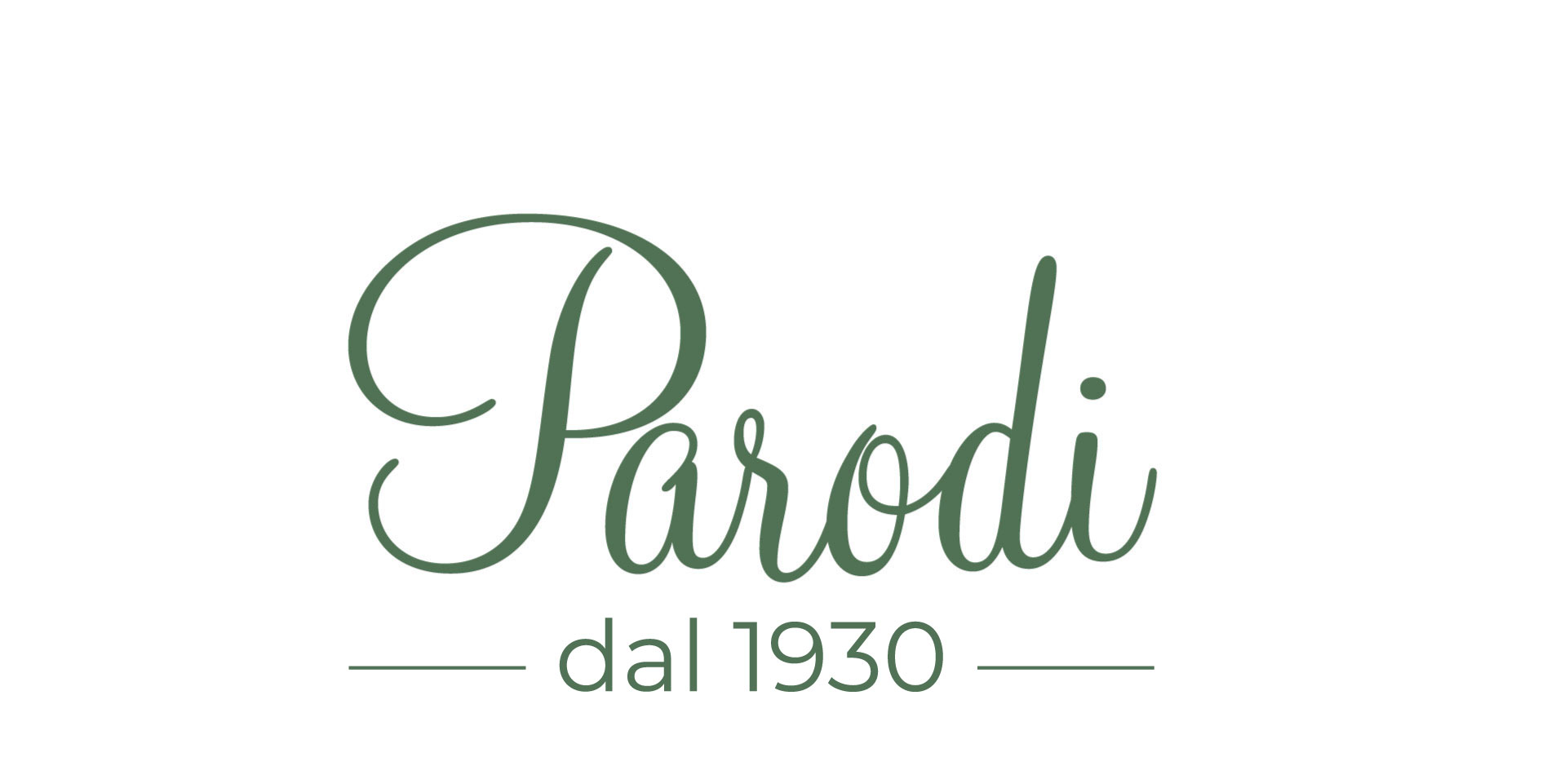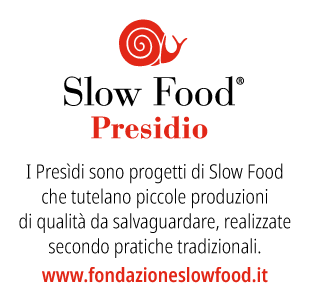
THE CHINOTTO DI SAVONA
A UNIQUE PLANT
The Chinotto di Savona has been cultivated by Azienda Agricola Parodi Alessandro in the hinterland of Final Borgo for three generations.
THE ORIGIN OF THE NAME
The scientific name of the Chinotto di Savona is Citrus Aurantium varietà amara e subvarietà sinensis and it seems to derive from the natural mutation of the bitter orange over time. One of the first historical sources of the chinotto dates back to the 17th century.
It was named Aurantium Sinense in 1646 by Giovanni Battista Ferrari who described the chinotto as a citrus fruit that “has a minimal amount of flesh, the innermost part contains nine or ten orange segments, pleasantly acidic, without seeds.” It is surprising that this seedless citrus fruit was known in Italy from as early as the seventeenth century.
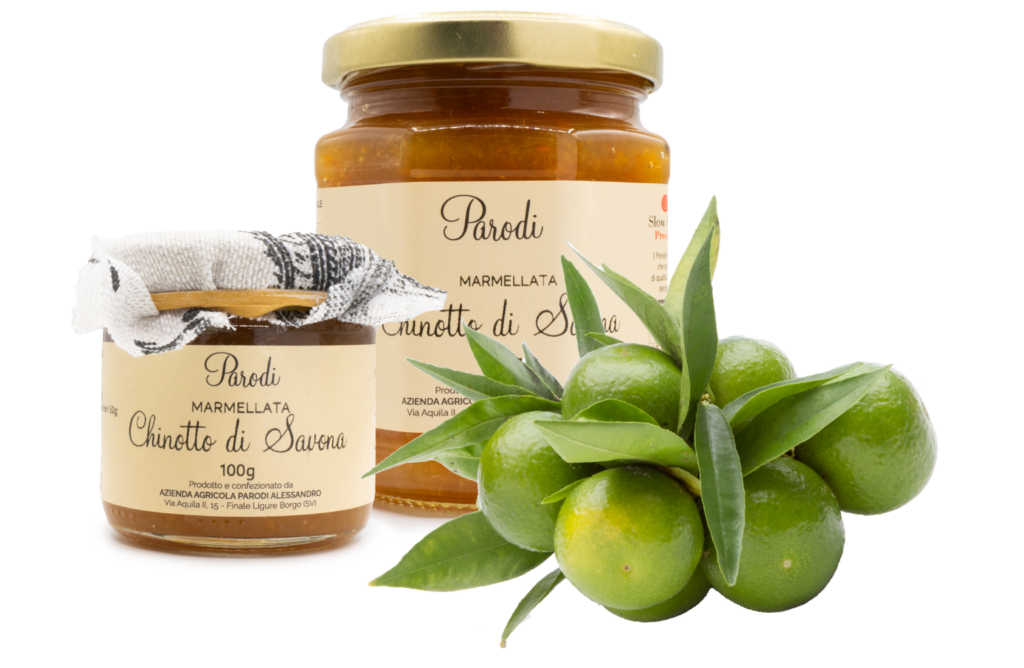
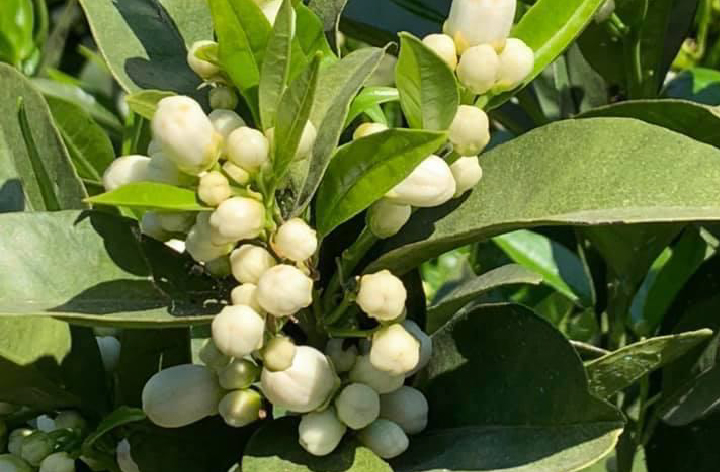
THE CHINOTTO PLANT
The Chinotto plant is an evergreen citrus fruit growing no more than 3-4 metres in height, on which an incredible wealth of fragrant white flowers grows in clusters.
The fruit of the Chinotto di Savona is compact, spherical and flattened at the base, no larger than a mandarin, with a bright green colour that turns orange over time. The skin of the Chinotto di Savona is thin, very fragrant and rich in aromatic and digestive substances.
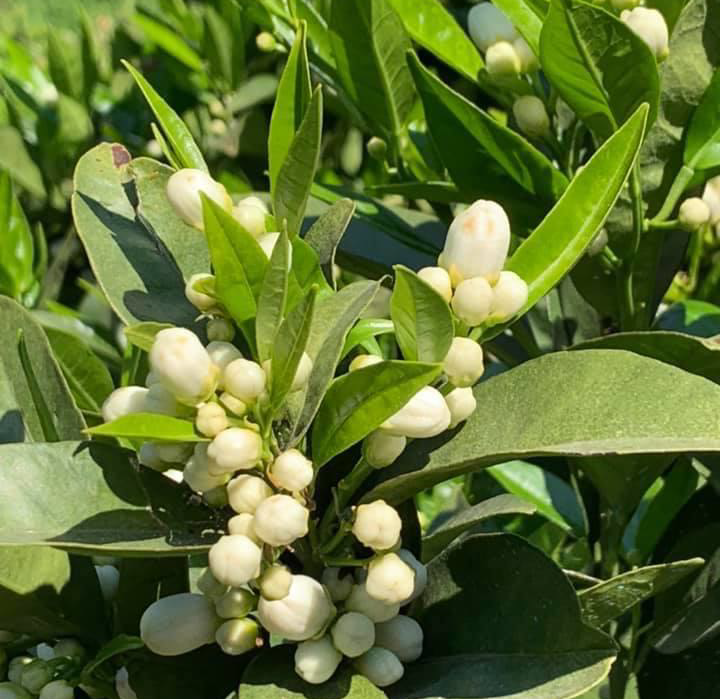
WHERE IT IS GROWN
This particular citrus variety is productively grown only in Liguria, in a small coastal area of the province of Savona between the Municipalities of Varazze and Pietra Ligure, up to a maximum altitude of 300 metres above sea level.
WHEN IT IS HARVESTED
The Chinotto di Savona is harvested from mid-September to mid-December. It must be picked strictly by hand using special rounded scissors so as not to damage the tender and fragile branches of the plant.
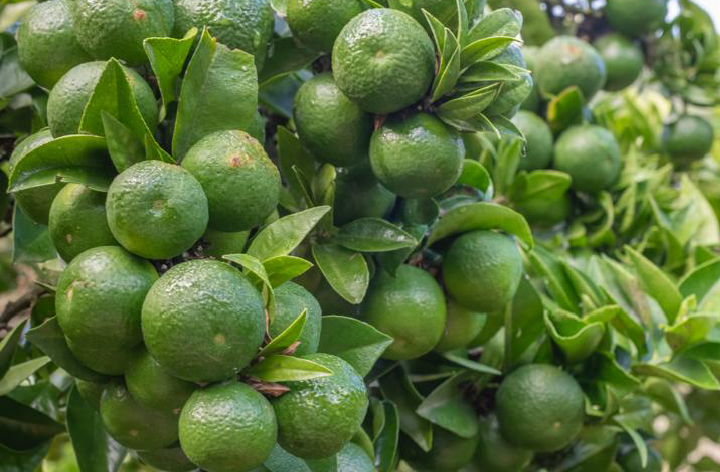
INTERESTING FACTS ON THE
CHINOTTO OF SAVONA
There are different types of chinotto: the Chinotto di Savona one has evident morphological differences with other varieties grown in the Mediterranean basin, such as Myrtle-Leaved Chinotto (also known as the Myrtle-Leaved Orange) for example.
The main difference is the fact that, unlike the Myrtle-Leaved Chinotto, the Chinotto di Savona is seedless (any seeds that it does have are few and flat) and this means they can be used in a number of different ways.
Another difference concerns the size of the leaves: in the Myrtle-Leaved Chinotto they are small, while in the Chinotto di Savona they are larger. Finally, in the Chinotto di Savona the skin is very thin while the skin of the Myrtle-Leaved Chinotto is thick and rough.
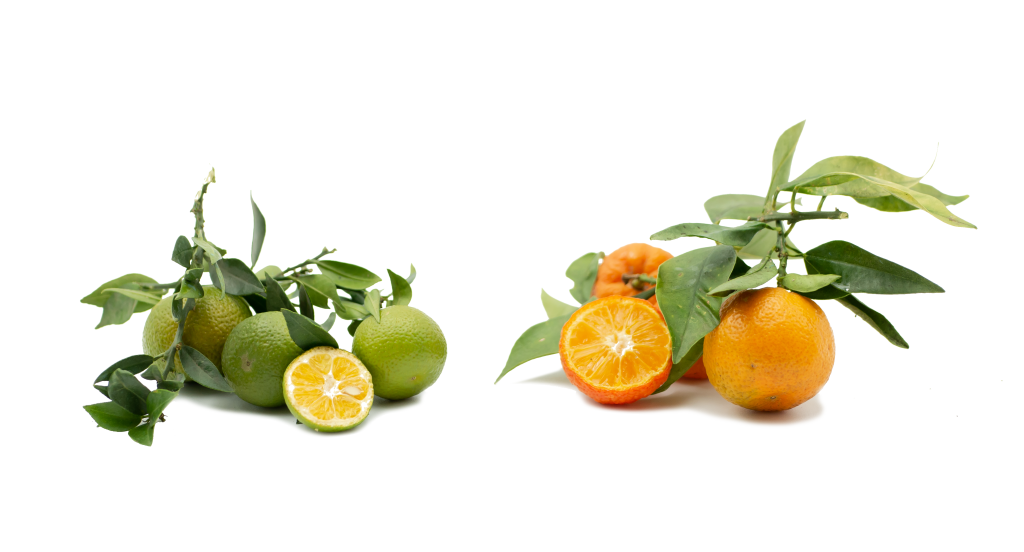
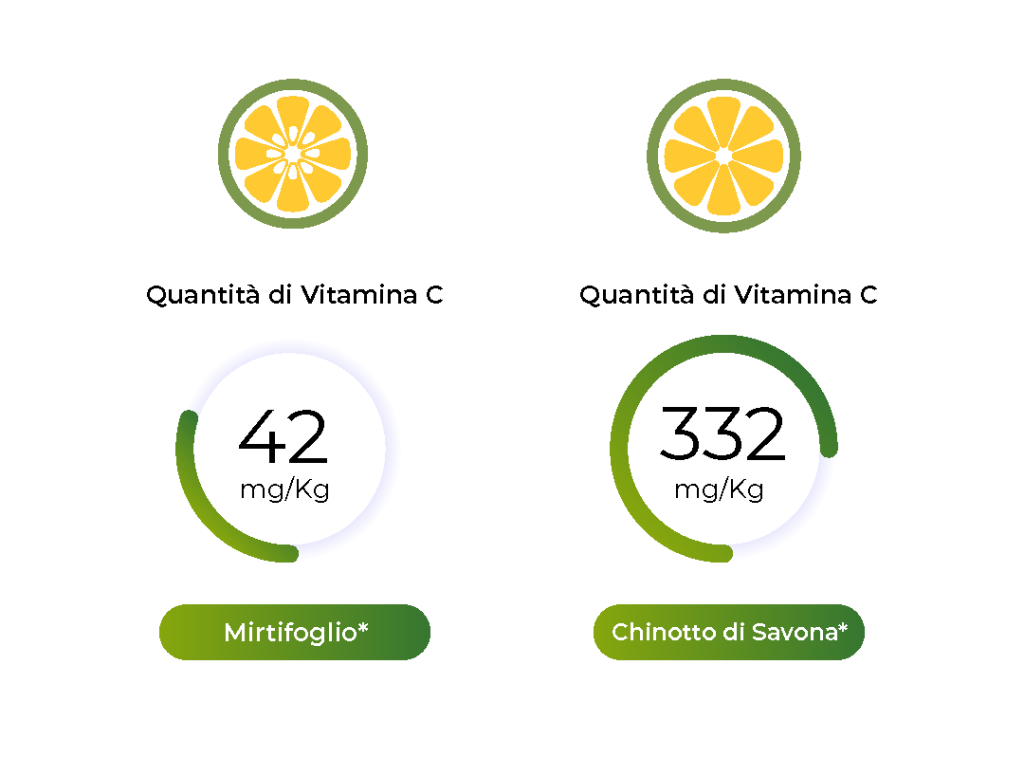
VITAMIN C
An important difference to highlight between Myrtle-Leaved Chinotto and Chinotto di Savona concerns the amount of vitamin C that the two citrus fruits contain in the same ripening phase: Myrtle-Leaved Chinotto stands at a value of 42 mg/Kg while Chinotto di Savona reaches 332 mg/kg.

Is the Chinotto di Savona the citrus fruit that contains most vitamin C after the lemon?
In past centuries, chinotto were eaten by sailors (during long transoceanic crossings) to combat scurvy, a disease caused by vitamin C deficiency, which was frequent and very often fatal.
In the 1800s, the Royal Navy (British military navy) bought barrels of chinotto stored in sea water in Savona.
DID YOU KNOW THAT…
In the 19th century, chinotto production was so widespread and important in the Savona area that, on 10 July 1887, a company of chinotto producers was established and would eventually number as many as 152 members.
Since it was a product intended for candying, the Chinotto di Savona was sold by number and according to a predetermined weight and diameter.
The diameter was measured by passing the fruit through rings of different sizes.
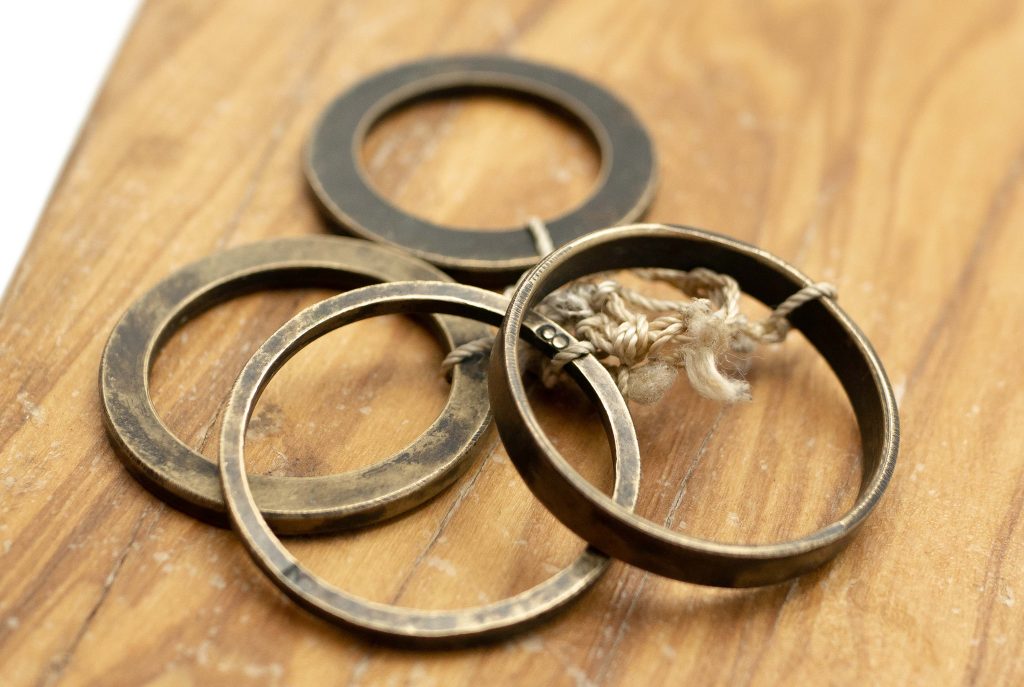
BASED PRODUCTS OF
CHINOTTO
BASED PRODUCTS OF
CHINOTTO
CHIN'ORO has clear orange blossom aromas in a balanced and delicate taste profile that is pleasantly acidic without being sour. Extremely versatile in the kitchen: marinades, raw and cooked fish, shellfish, steak tartare, fish or meat skewers, bresaola and various salads. It is also suitable for flavouring cakes or biscuits.
WORKING HARD SINCE 2004
WHAT IS SLOW FOOD?
Slow Food is an international non-profit association with 100,000 members, volunteers and supporters in 150 countries, 1,500 Convivia – the local branches – and a network of 2,000 communities that practice small-scale, sustainable, quality food production.
Founded by Carlo Petrini in 1986, Slow Food works to promote interest in food as a bringer of pleasure, culture, traditions, identity, and a lifestyle, not only in terms of food but respectful of local territories and traditions.
Slow Food’s motto is good, clean and fair. Three basic adjectives that define the characteristics that food must have. Good in relation to the sense of pleasure deriving from the organoleptic qualities of a food, but also to the complex sphere of feelings, memories and identity implications deriving from the sentimental value of food; clean or produced with respect for ecosystems and the environment; fair, which means that it conforms to the concepts of social justice in production and marketing environments.
